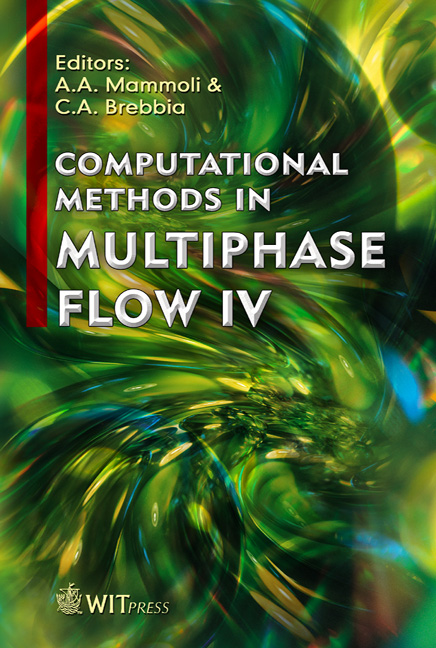Modelling Groundwater Flow And Pollutant Transport In Hard-rock Fractures
Price
Free (open access)
Transaction
Volume
56
Pages
9
Published
2007
Size
250 kb
Paper DOI
10.2495/MPF070111
Copyright
WIT Press
Author(s)
J. Mls
Abstract
There are several reasons for the fact that fracture flow has been a subject of active research for the last three decades. Rock fractures commonly exist in the Earth’s upper crust and, therefore, significantly control groundwater movement. Fracture-dominated flow has become increasingly important in various problems of geotechnical interest. A particularly important reason for investigating fracture flow and contaminant transport is the necessity of building repositories of nuclearfuel waste which are often situated deep in granite massifs. The possibility of their damage during the long periods of storage requires the study of problems connected with the risk of possible contaminant displacement. The aim of this article is to model water flow and contaminant transport in hardrock fractures. Such results are required that make it possible to determine the hydraulic parameters of real fractures by comparison with data measurable under field conditions. Making use of the known hydromechanical characteristics of the modelled fracture and the aqueous phase, a problem with a set of three partial differential equations and related boundary conditionswas formulated and numerically solved. The unknown functions of the problem are the liquid-phase pressure, the flow velocity and the contaminant concentration. The method of solution is described and the achieved results are visualized and presented. 1 Introduction The safety of deep repositories of spent nuclear fuel is a matter of great relevance and importance. In the course of long duration storage, radionuclides can leach out of their containers and spread into the surrounding host-rock materials. Prediction of the rate of contaminants migration will depend on the hydraulic characteristics
Keywords





